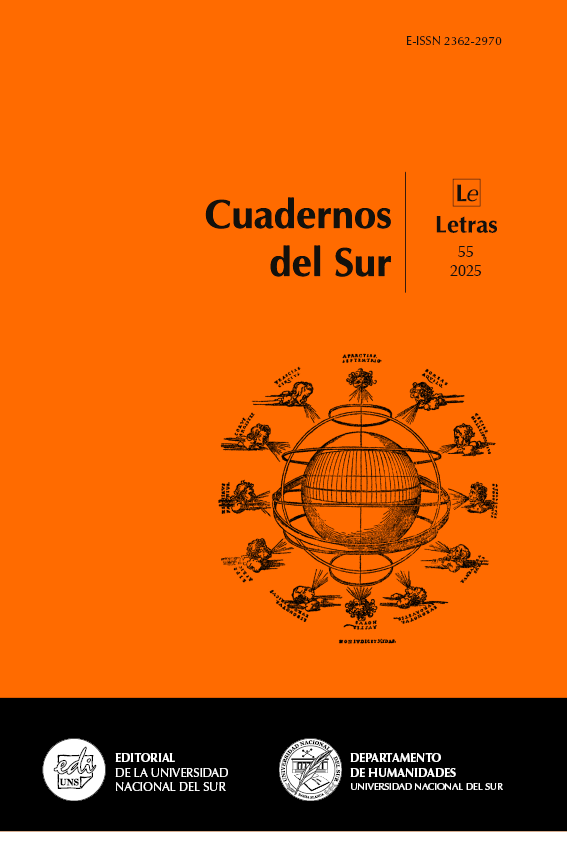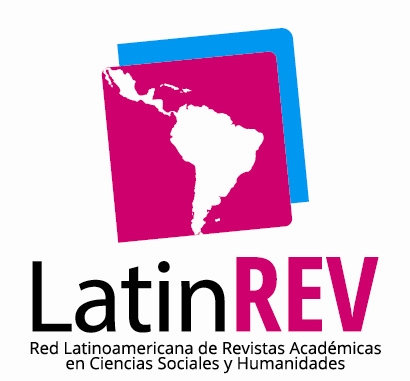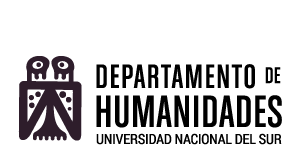Héctor Libertella and the medieval tradition in the configuration of Las sagradas escrituras
DOI:
https://doi.org/10.52292/csl5520255425Keywords:
Héctor Libertella, medieval codices, alchemyAbstract
Las sagradas escrituras (1993), by the writer Héctor Libertella (1945–2006), represents the compilation of an exhaustive body of work that had previously been accessible only in scattered and disparate formats. The author succeeded in gathering his entire intellectual production into a single volume, revisiting his hypotheses and bestowing the work with an academic and encyclopedic character. However, the bibliographic tradition anchoring this volume is far removed from that of modern criticism; instead, it appears to align with various traditions from the Middle Ages. Both the structure and content of the book emulate, on one hand, the methods of codex creation associated with the School of Translators of Toledo during the reign of Alfonso X the Wise, and on the other, the practices of alchemists, particularly their conception of the materiality and transmutation of divine creations. This study examines the production conditions of Las sagradas escrituras in relation to medieval modes of production and editing, as well as the textual and structural elements they evoke, to explore how the recovery of ancient practices revitalizes modern approaches to literary theory and criticism.
Downloads
References
Cangi, Adrián (1998), “Héctor Libertella: jaculatorias o el arte de lanzar dardos”, La Gandhi, nº 3, pp. 36-37.
Fernández, Macedonio (1975), Museo de la Novela de la Eterna (Primera novela buena), Buenos Aires, Corregidor, [1967].
“Héctor Libertella, joven y galardonado autor bahiense”, 28 de agosto de 1968, La Nueva Provincia, p. 11.
Libertella, Héctor (1987), “Encuesta”, El Péndulo, nº 14, pp. 11-12.
Libertella, Héctor (1990), Ensayos o pruebas sobre una red hermética, Buenos Aires, Grupo Editor Latinoamericano.
Libertella, Héctor (1991), Pathografeia. Los juegos desviados de la literatura, Buenos Aires, Grupo Editor Latinoamericano.
Libertella, Héctor (1993), Las sagradas escrituras, Buenos Aires, Sudamericana.
Libertella, Héctor (2002), “Dos charlas fuera de lugar”, Ramona, nº 21-22, pp. 96-98.
Libertella, Héctor (2008), Nueva escritura en Latinoamérica, Buenos Aires, El Andariego, [1977].
Analyse et Traitment Informatique de la Langue Française (2002), Trésor de la langue française informatisé, París, ATILF.
Arakawa, Hiromu (2017), “El hombre de la máscara”, en Fullmetal Alchemist, Tomo 6, Buenos Aires, Ivrea, pp. 41-43, [2003].
Bataille, Georges (2003), “Lo sagrado”, en La conjuración sagrada. Ensayos 1929-1939, Buenos Aires, Adriana Hidalgo, pp. 262-267, [1970].
Chevalier, Jean y Gheerbrant, Alain (2003), Diccionario de los símbolos, España, Herder, [1969].
Cippolini, Rafael (2001), “Pathogramática. Un tratado de vida y obras de Héctor Libertella”, Tsé-Tsé, nº 9-10, pp. 188-205.
Cippolini, Rafael (2016), “Libertella: revisiones de éditos y libros inventados”, en López, Silvana (ed.), Libertella/Lamborghini. La escritura/límite, Buenos Aires, Corregidor, pp. 65-87.
Frenkel, Diana (2008), “Roma y Judea: De la admiración a la enemistad”, en Buzón, Rodolfo et al. (eds.), Docenda: Homenaje a Gerardo H. Pages, Buenos Aires, Facultad de Filosofía y Letras, pp. 315-29.
González, Daniel (2007), “Escuela de Traductores de Toledo”, Infodiversidad, nº 11, pp. 77-88, [disponible en https://www.redalyc.org/pdf/277/27701104.pdf].
Hahneman, Geoffrey Mark (2002), “The Muratorian Fragments and the Origins of the New Testament Canon”, en Mc Donald, Lee Martin y Sanders, James (eds.), The Canon Debate, Peabody, Hendrickson, pp. 405-415.
Jacobi, Jolande (2001), Paracelso. Textos esenciales, Madrid, Ediciones Siruela.
López, Silvana (2013), “La letra-heroína. Héctor Libertella y la escritura del desvío”, en Actas del III Congreso Internacional Cuestiones Críticas, Rosario, Universidad Nacional de Rosario, pp. 1-9, [disponible en https://www.cetycli.org/trabajos/lopez_silvanacc.pdf].
López, Silvana (2022), Huellas y transformaciones: la escritura de Héctor Libertella, Buenos Aires, Corregidor.
Mazzucchelli, Aldo (2018), “Escritura, ensayo, biografía. Un manojo de apuntes”, en Avaro, Nora et al. (eds.), Un arte vulnerable: la biografía como forma, Rosario, Nube Negra Ediciones, pp. 51-66.
Mendoza, Juan José (2022), La edad de la teoría: De Tel Quel a Literal: el Lado B de los 70, Buenos Aires, Eudeba.
Meynet, Roland (2003), Leer la Biblia. Una explicación para comprender. Un ensayo para reflexionar, Buenos Aires, Siglo XXI.
Neusner, Jacob et al. (2000), “The Canon of Rabbinic Judaism”, en Neusner, Jacob y Avery-Peck, Alan (eds.), The Blackwell Companion to Judaism, Malden-Oxford, Blackwell, pp. 93-111.
Otto, Rudolf (2007), O Sagrado. Os aspectos irracionais na noção do divino e sua relação com o racional, Sâo Leopoldo, Sinodal–Vozes.
Paz, Octavio (1993), Sor Juana Inés de la Cruz o Las trampas de la fe, México, Seix Barral, [1982].
Piñero, Antonio (2007), Literatura judía de época helenística en lengua griega, Madrid, Síntesis.
Prado, Esteban (2014), Héctor Libertella, un maestro de lecto-escritura: un recorrido, Mar del Plata, Puente Aéreo Ediciones.
Prado, Esteban (2022), Por una literatura diferente. Héctor Libertella: biografía crítica y política editorial, Villa María, Eduvim.
Roob, Alexander (2021), El museo hermético. Alquimia y mística, Bosnia-Herzegovina, Taschen, [1997].
Santucci, Silvana Florencia (2020), “Barroco nuestro de cada día: Epistemología de una ficción teórica latinoamericana en argentina”, Revista Landa, vol. 8, nº 2, pp. 291-303.
Weiss Halivni, David (1986), Midrash, Mishna, and Gemara. The Jewish predilection for Justified Law, Cambridge, Harvard University Press.
How to Cite
Issue
Section
License
Copyright (c) 2025 Diego Hernán Rosain

This work is licensed under a Creative Commons Attribution-NonCommercial-ShareAlike 4.0 International License.
Aquellos autores/as que tengan publicaciones con esta revista, aceptan los términos siguientes:
- Los autores/as conservarán sus derechos de autor y garantizarán a la revista el derecho de primera publicación de su obra, el cuál estará simultáneamente sujeto a la licencia Atribución-No Comercial-CompartirIgual 4.0 Internacional CC BY-NC-SA 4.0.
- Los autores/as podrán adoptar otros acuerdos de licencia no exclusiva de distribución de la versión de la obra publicada (p. ej.: depositarla en un archivo telemático institucional o publicarla en un volumen monográfico) siempre que se indique la publicación inicial en esta revista.
- Se permite y recomienda a los autores/as difundir su obra a través de Internet (p. ej.: en archivos telemáticos institucionales o en su página web) una vez publicado su trabajo, lo cual puede producir intercambios interesantes y aumentar las citas de la obra publicada. (Véase El efecto del acceso abierto).










